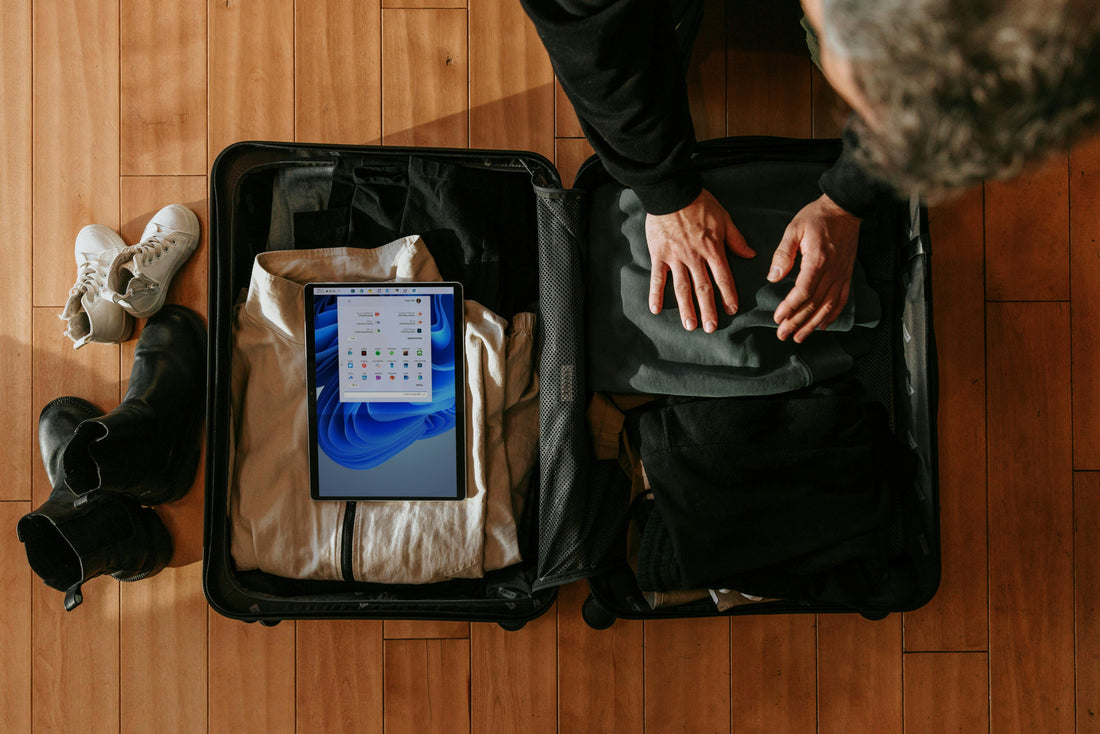
Practical Approaches to Packing for Modern Travel
Bradley CortesPacking for a journey requires attention to space, accessibility, and organization. Within fashion, a wide range of accessories has developed to help travelers address these needs, reflecting changes in transport and cultural expectations.
One method used by many travelers is organizing items into separate pouches or cases. This approach reduces time spent searching through luggage and creates a structured system for clothing, accessories, and electronics. Another common strategy is layering, allowing items to be adapted for different climates or settings. Wraps, scarves, and outerwear remain particularly useful for this reason.
Choices in footwear and headwear also play an important role. Many travelers select items that can be worn in different contexts, reducing the number of pieces needed. Protective storage for eyewear, watches, and devices has also become standard, showing how fashion now overlaps with technology.
The selection of luggage type—rolling suitcase, backpack, or carry-on—depends on the trip’s length, destination, and transport method. These options have been shaped over time by airline restrictions and infrastructure design.
Cultural expectations further influence packing. Some travelers include specific attire or accessories required for religious settings, formal events, or regional customs. This demonstrates how fashion extends beyond travel logistics to reflect social context.
Overall, packing strategies highlight the relationship between organization, fashion, and culture. Travel accessories continue to evolve in response to changes in global mobility, showing how the industry adapts to practical and cultural needs.
